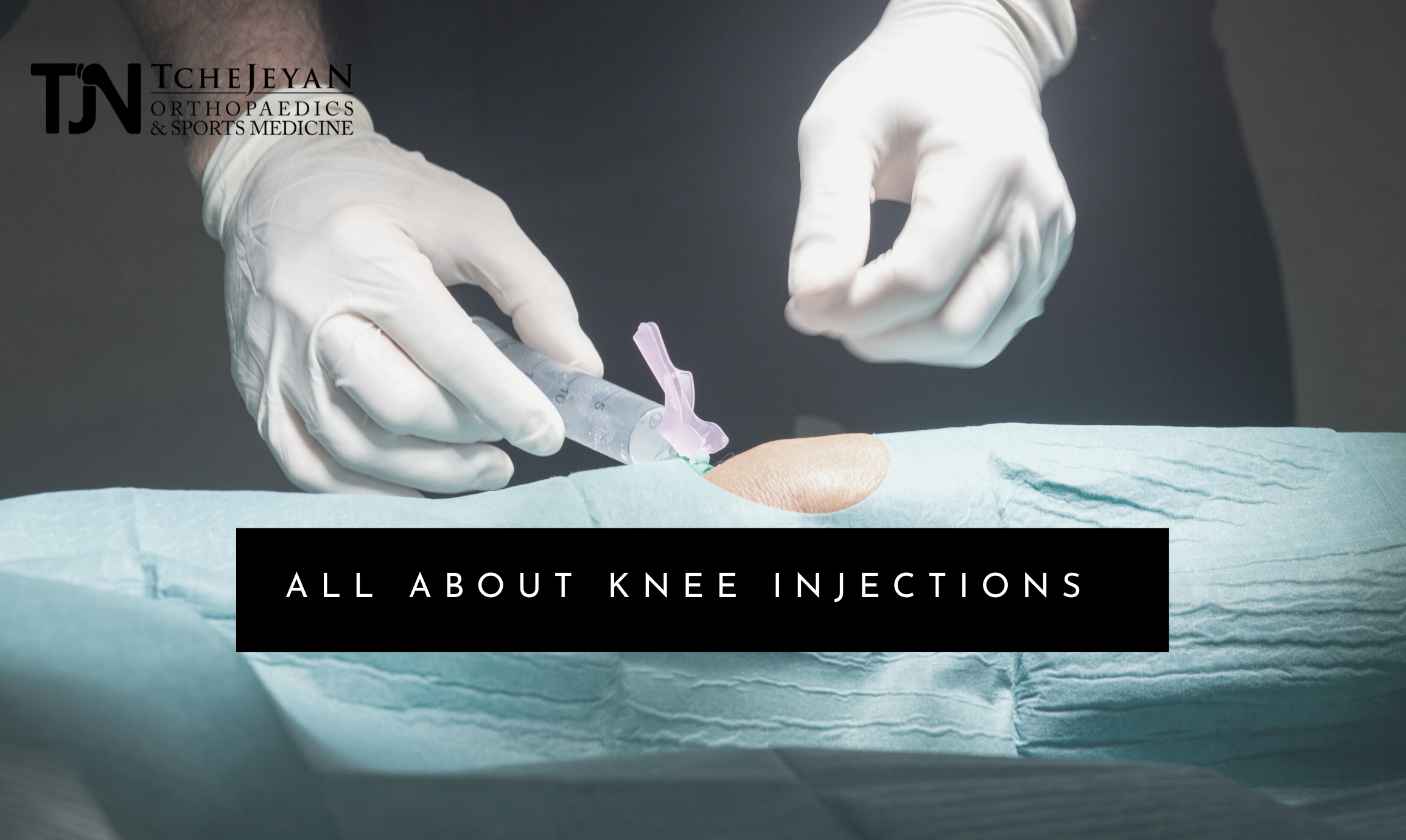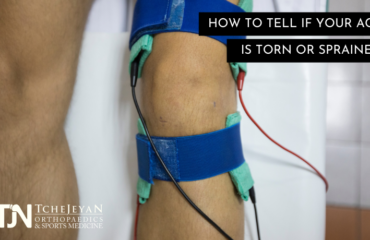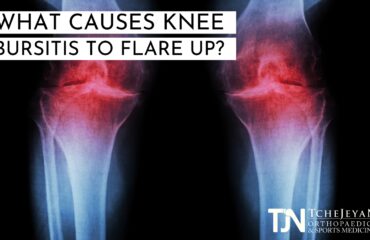Before surgery is considered, doctors attempt to employ non-surgical methods of treatment whenever possible. One of these treatments is injections. There are four main types of injections used for the knee:
- Steroid or Cortisone
- Viscosupplementation
- Platelet Rich Plasma
- Stem Cell
Injections are usually done in an office setting. With hips, the joint is deeper so an ultrasound or x-ray may be needed to confirm joint location. That’s not always necessary with knees and shoulders.
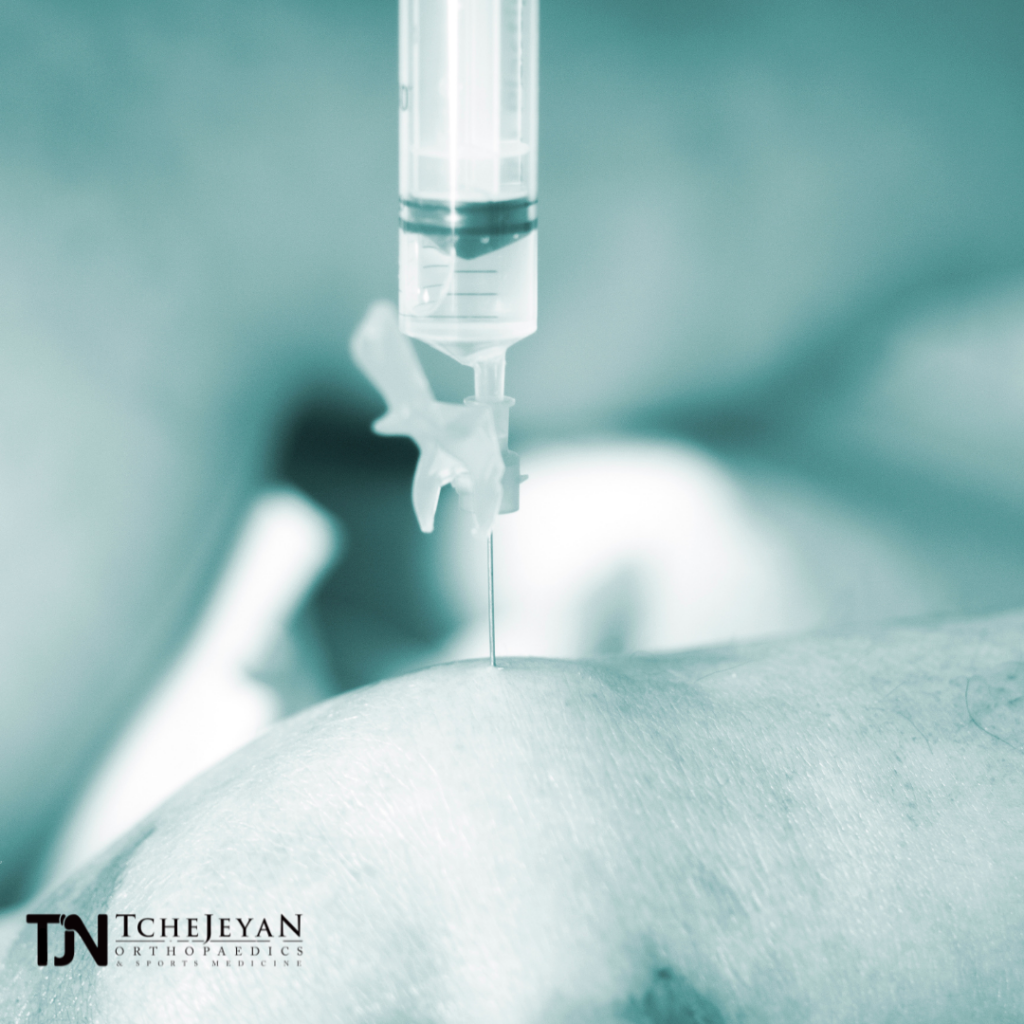
Three Reasons to get Knee Injections
With knee injections, there are three particular benefits to receiving knee injections:
- Diagnostic – Pain in the knee doesn’t always mean the problem is in the knee. If the knee pain is referred from the hip, injections won’t help. In cases like this, the injection process helps lead to a diagnosis.
- Therapeutic – Injections help to reduce the level of symptoms in the knee joint, providing comfort to the patients.
- Temporary Remedy – Other times, injections simply provide temporary relief. If patients know they need a knee replacement but aren’t quite ready to move forward due to busy schedules, the injection buys them some time to live pain-free.
Steroid/Cortisone Injections
Cortisone, or steroid, injections are very common. They’re typically given for arthritic joint conditions. Cortisone is a steroid that gets deposited into the tissues, dissolves over time, and is anti-inflammatory. These injections usually last 3-4 months, depending on the severity of the arthritis.
While cortisone shots are not meant to be a treatment for arthritis, they do help manage joint pain. This isn’t a lifetime remedy, though. If the cortisone shots work to relieve pain but don’t last, then we know the joint is a problem, and surgery may be needed. That being said, if someone is a candidate for joint replacement surgery, they should wait 3 months after a cortisone shot to have surgery, as it can increase the risk of infection.
Viscosupplementation
Viscosupplementation is a series of 3-5 injections of hyaluronic acid, which is a naturally occurring long-chain molecule in our joints. It has a long tail that attracts water, which lubricates the joints. As a joint injection, it is only FDA-approved for the knee, so that’s the only joint that insurance will likely cover. Brands include Synvisc, Hyalgan, Euflexxa, and Orthovisc. Injecting hyaluronic acid into the knee joint helps to lubricate the surface of the knee. This can be done every 6 months as yet another way to delay the pain until surgery.
Viscosupplementation is not meant to treat bone-on-bone arthritis, which is advanced arthritis. In that diagnosis, there’s no cartilage left, so there’s nothing there to lubricate. However, if you don’t have advanced arthritis, it can be an injection worth considering.
PRP – Platelet Rich Plasma
Platelet Rich Plasma, often called “PRP”, makes use of the platelet part of your own blood, which carries growth factors. Your blood is drawn in a clinic, then it’s spun in a centrifuge, which effectively separates the blood into three layers. Red blood cells are the heaviest and go to the bottom. The top layer is made up of platelet-poor plasma. But the middle layer is yellow, which is the platelet-rich plasma – full of proteins, growth factors, and platelets. Theoretically, this PRP contains healing factors that can help repair and heal joints and tendons throughout the body.
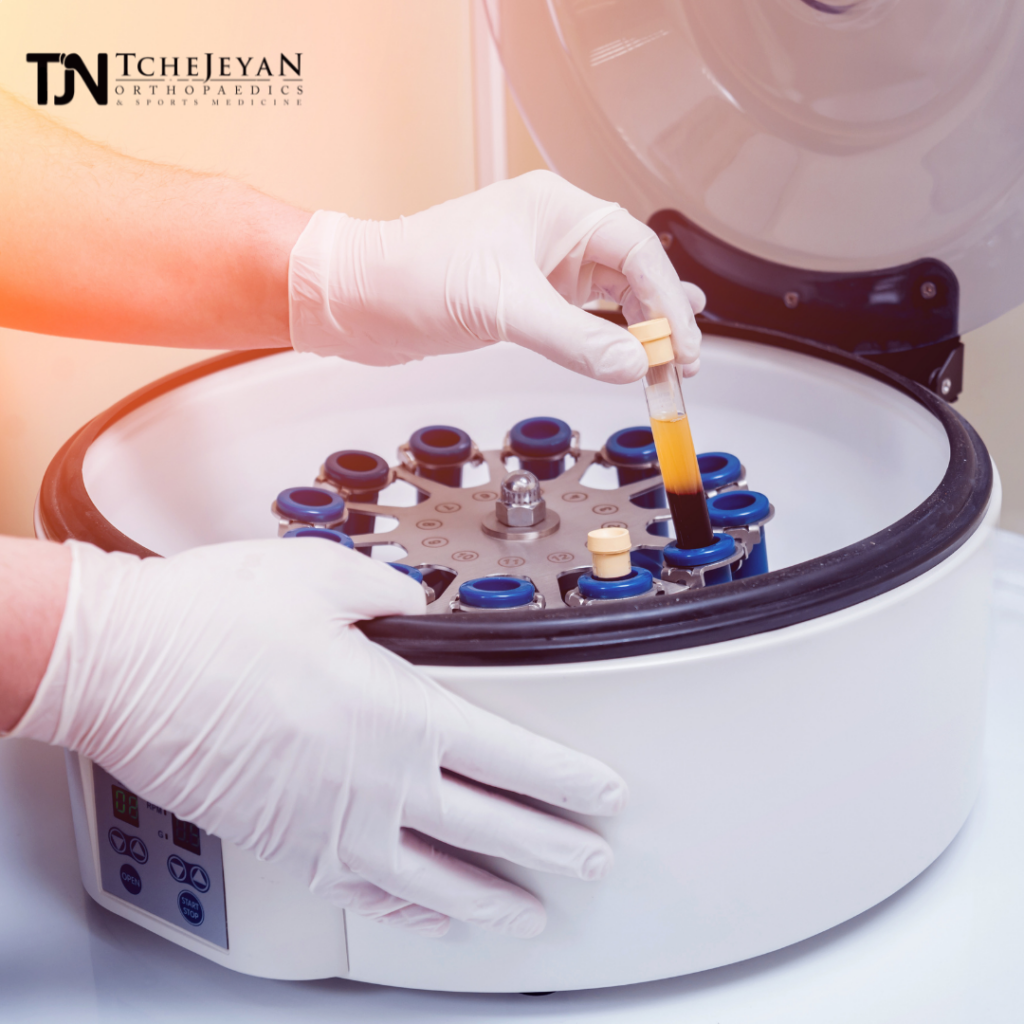
The science isn’t particularly strong about this method for arthritis, and may not be covered by insurance. However, many people do experience benefits from it. It can neutralize the inflammation of the joint caused by arthritis. This translates to less pain, even though it is not truly ‘curing’ the arthritis.
Stem Cells
Stem cells are, by definition, a precursor cell, meaning it’s a basic cell that can turn into any other type of human cell. For stem cell injections, these cells are multiplied (because you need a lot of them) and injected into the knee to grow cartilage back. However, the scientific effectiveness of this method has not been proven yet. The stem cell has the potential to grow, but it’s not proven that it can restore joint cartilage. Like PRP, it may help relieve pain, but the injection itself does not regrow cartilage.
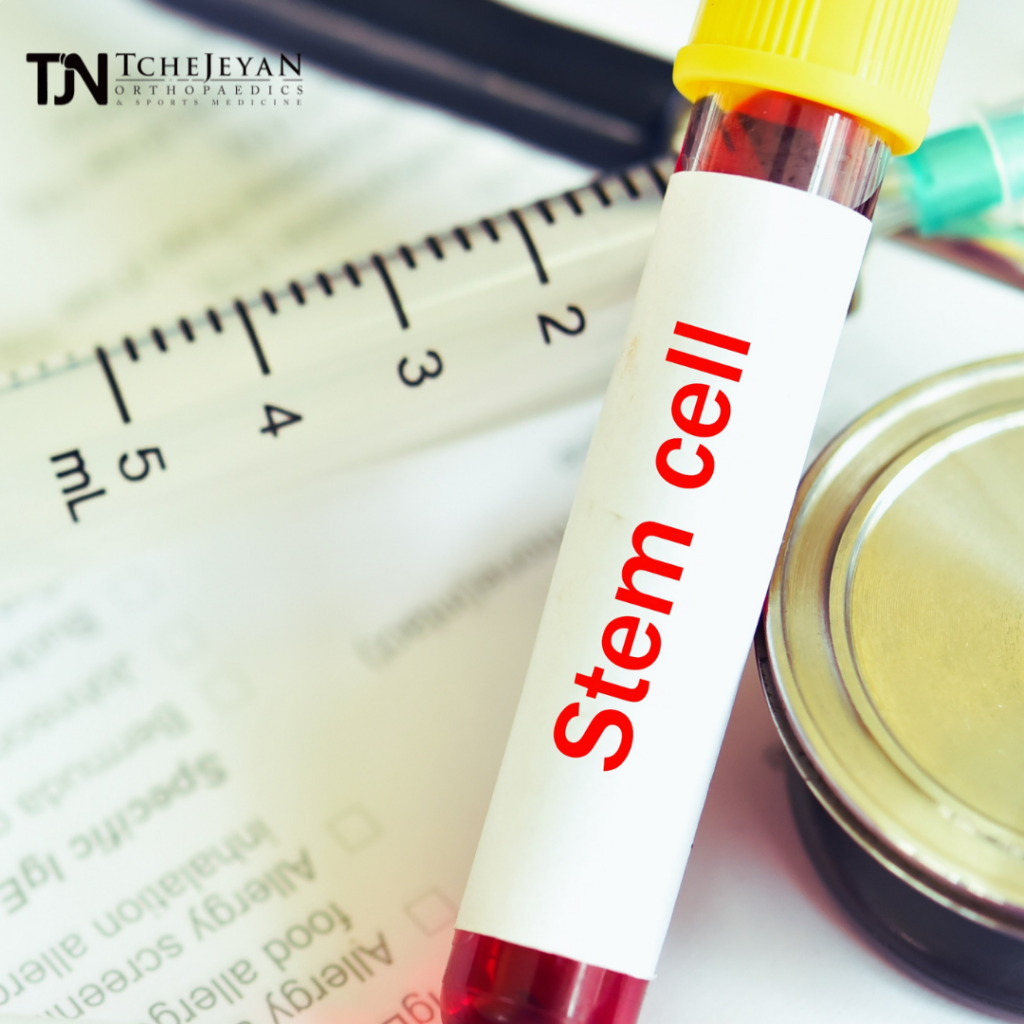
Beware of False Miraculous Claims!
Arthritis pains are intermittent. That means patients will have good days and bad days which will come and go. This makes it difficult to measure the cause and effect of treatments. Most people want to believe that injection therapies can be a cure, but the science and the data behind the processes are still developing. While their ability to cure cannot be proven, we do tend to see pain relief in patients with mild to moderate arthritis.
The American Academy of Orthopedic Surgeons (AAOS) and the American Association of Hip and Knee Surgeons (AAHKS) has released several statements identifying the potential benefits of biologic therapies for mild to moderate arthritis pain, but warn against stem cell and PRP therapies without rigorous testing and scientific studies – many of which are still in their infancy even today.
Perhaps the biggest takeaway from injection therapy is that the relief experienced from certain injections – even if it does not last – is at least indicative of the benefit that can be expected after joint replacement surgery. For a consultation about your joint pain, please contact Dr. Gregory H. Tchejeyan today.

